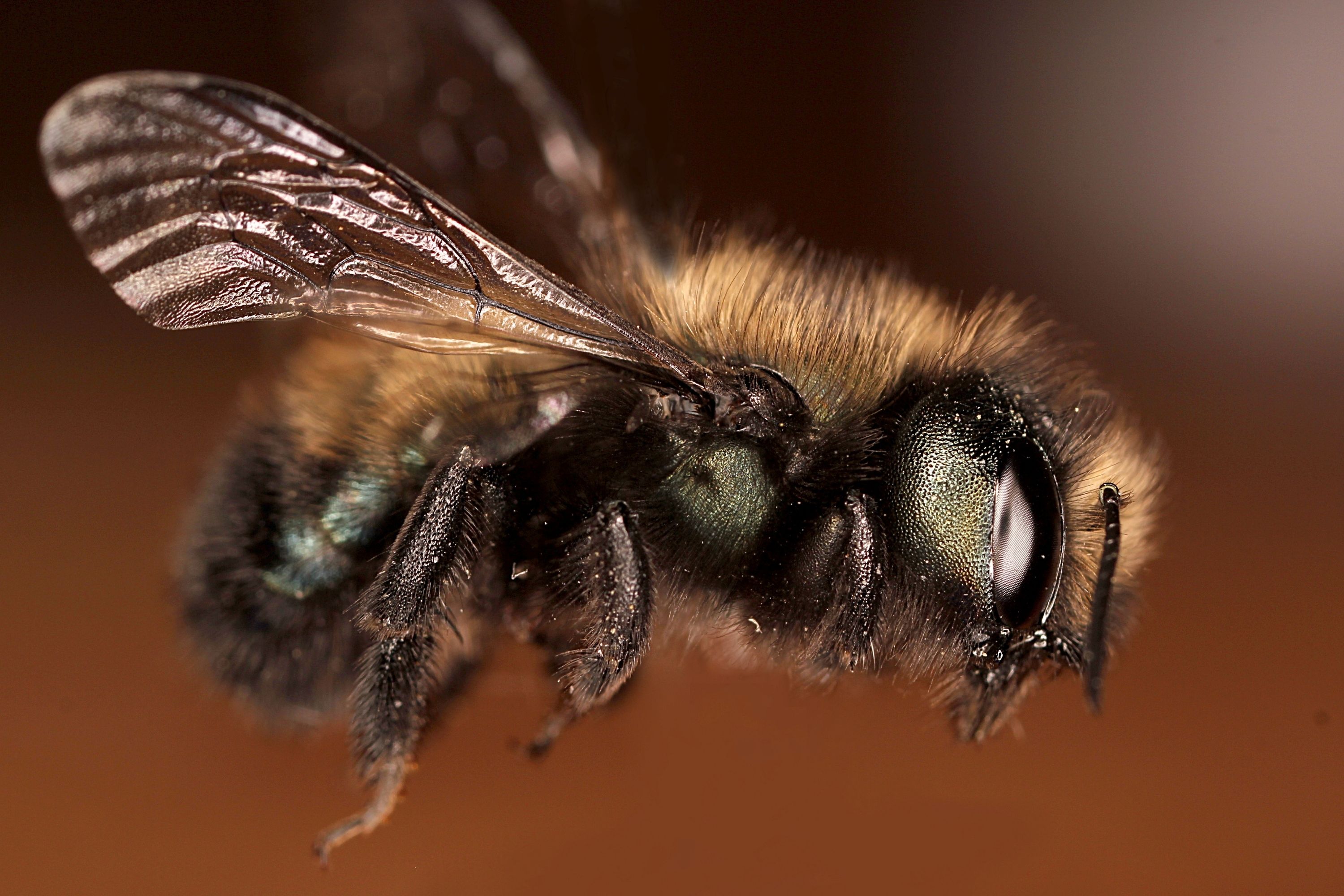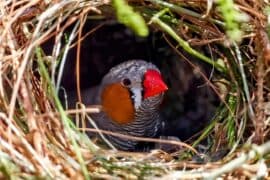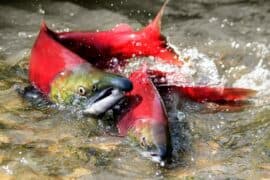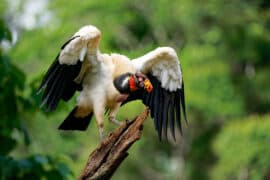Orchard mason bee
(Osmia lignaria)

Description
Osmia lignaria, commonly known as the orchard mason bee or blue orchard bee, is a megachilid bee that makes nests in reeds and natural holes, creating individual cells for its brood that are separated by mud dividers. Unlike carpenter bees, it cannot drill holes in wood. O. lignaria is a common species used for early spring fruit bloom in Canada and the United States, though a number of other Osmia species are cultured for use in pollination. O. lignaria is among 4000 native bee species of North America, and its species is divided by the Rocky Mountains into two subspecies, O. l. propinqua (western subspecies) and O. l. lignaria (eastern subspecies). The majority of research has been conducted in western orchards on the western subspecies. Efforts at establishing them outside their native range have met with mixed results. Researchers in one eastern study (Virginia / North Carolina) using the eastern O. l. lignaria found them to prefer the native Redbud over the orchard fruits. They do not overwinter in Florida and the Gulf Coast because of the lack of cold winter temperatures needed in its development cycle. In the almond industry, where bloom time is early, the bee is raised under artificial conditions that trick it into emerging several weeks early, coincident with the almond bloom. While in much of the northwest conditions make it is easy to propagate O. l. propinqua, orchards are not always able to establish a self sustaining population and often require importation of additional bees; on this research is continuing. In general, it is recommended that propagation and subsequent transport be confined to the bee's natural boundaries; commercial enterprise does not always respect these boundaries. The bees begin to emerge from their cocoons in the spring when the daytime temperature reaches 14 °C (57 °F). The males emerge first. They remain near the nesting site and wait for the females to emerge, which can be several days to weeks depending on the number of days of warm weather. The first thing the females do is mate. A female typically mates once, or maybe twice. She is absent from the nesting site for several days while she feeds and waits for her ovaries to fully mature. When a female is ready, she seeks out a suitable nest. O. lignaria females nest in narrow holes or tubes, though they have been found to nest inside cedar shakes and even keyholes.
Taxonomic tree:







